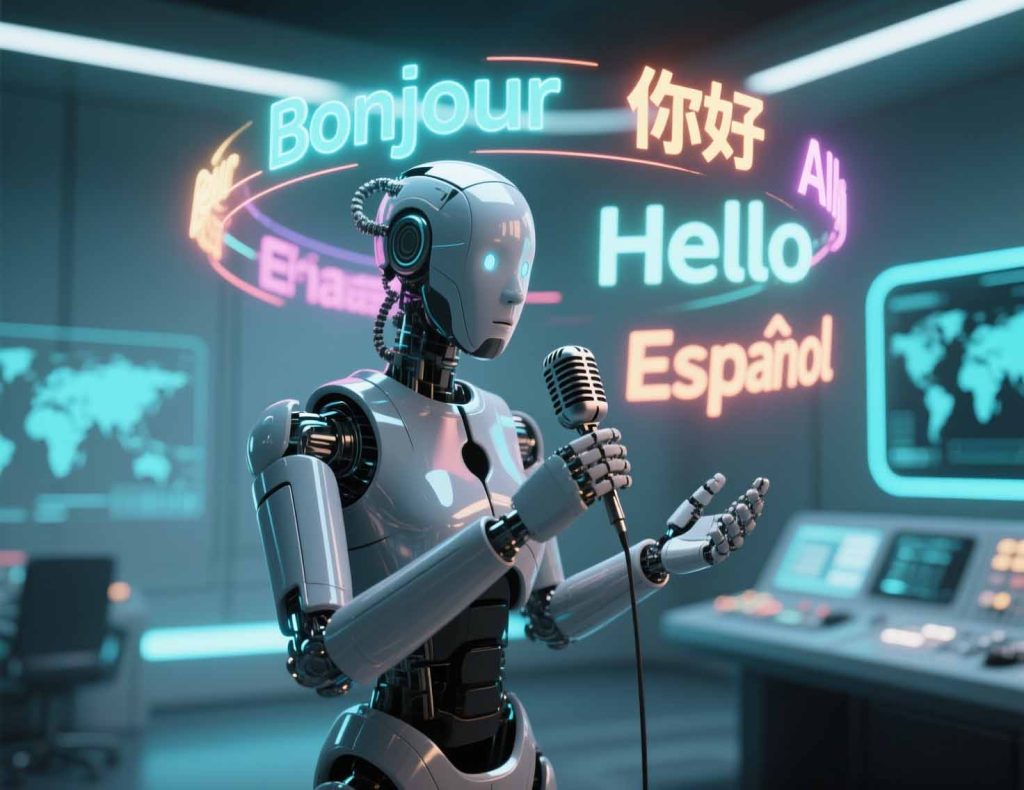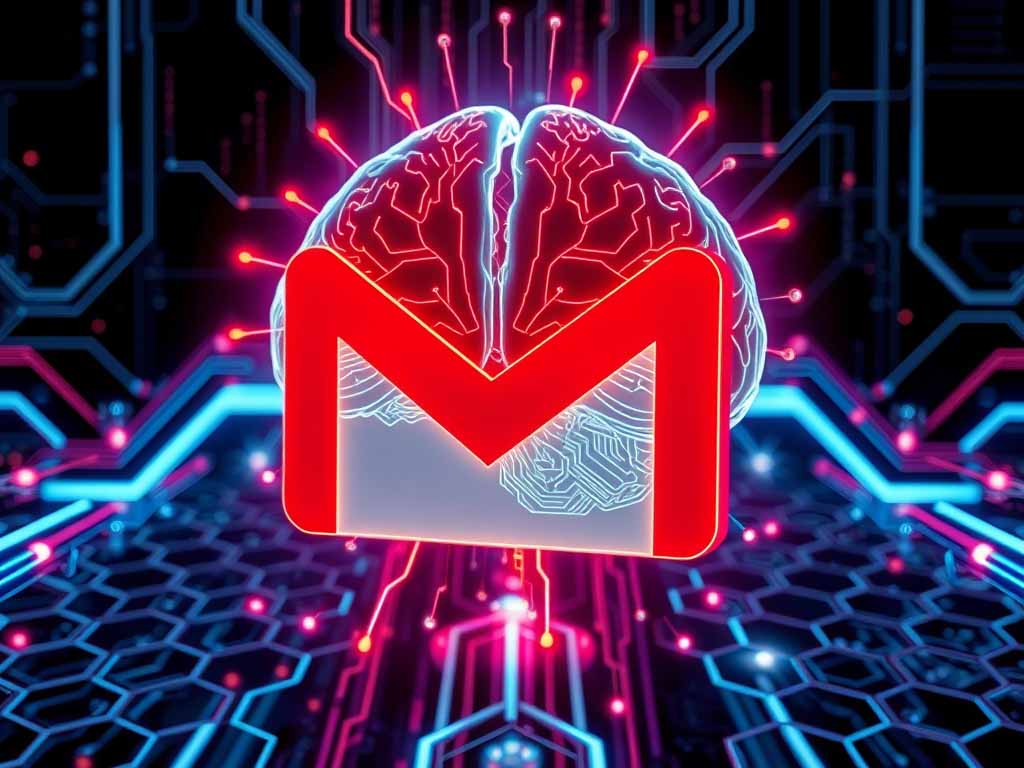Languages are strange, aren’t they? They’re like living organisms—shifting, mutating, bending to time, politics, and TikTok slang. Every phrase carries a little history. A joke in Farsi doesn’t land the same way in English. A Spanish proverb about bread loses its soul when Google Translate spits it out as “Eat your daily wheat product.”
And now here comes AI—rolling in with its shiny algorithms—promising to break down language barriers forever. Apps like Google Translate, DeepL, and even real-time voice translators claim you’ll never get lost in Tokyo, Paris, or a WhatsApp group chat again. But here’s the question: in chasing “perfect” translation, are we saving culture… or sanding off the nuance that makes it special?
The Magic and Limits of AI Translators
AI translators are undeniably impressive. I once pointed my phone at a Japanese restaurant menu, and in two seconds the kanji morphed into English right on the screen. Magic. A few years ago, that would’ve been science fiction. Now it’s just Tuesday night sushi.
AI thrives on data—it ingests millions of sentences, aligns patterns, and spits out equivalents in another language. For everyday stuff—directions, recipes, casual emails—it works. Smoothly, even.
But where it stumbles is the soul of language. The rhythm. The cultural context. The layers of meaning.
- A French poem translated by AI often reads like a legal contract.
- Humor? Forget it. Try asking a bot to translate a Punjabi joke. You’ll end up with a phrase about goats and firewood that makes zero sense at a birthday party.
- Politeness levels in Japanese? AI struggles. A sentence meant to honor your grandmother might come out sounding like you’re talking to your roommate.
So yes, AI helps us communicate. But does it help us connect? That’s a trickier story.
Languages as Cultural DNA
Here’s the thing: languages aren’t just tools. They’re identities.
Think about it—when you hear your mother tongue, doesn’t it feel different? Warmer? Safer? No matter how fluent you are in another language, there’s something irreplaceable about the one you grew up with.
Now imagine a future where AI does all the translating. Where kids don’t bother learning their grandparents’ language because—hey, Siri can just translate it instantly. On one hand, accessibility skyrockets. On the other hand, what happens to all the small idioms, the playful wordplay, the little cultural quirks? Do they vanish?
Linguists already warn that nearly half of the world’s 7,000 languages are endangered. AI translation could either save them (by documenting and sharing them widely) or bury them (by forcing everything into global “major” languages).
Real-World Example: The Case of Welsh
Take Welsh. A few decades ago, it was in danger of fading away. But through policy, education, and sheer cultural pride, it’s experiencing a revival. Kids in Wales now learn Welsh in schools. Music, TV, even memes exist in the language.
Now throw AI translators into the mix. On the plus side, tools like DeepL can handle Welsh reasonably well, making it easier for outsiders to engage with it. On the downside, if Welsh speakers start defaulting to English online because it’s “easier,” the subtle poetry of their language risks slipping into obscurity again.
This isn’t just about Welsh. Swap in Pashto, Quechua, Hawaiian, or hundreds of indigenous languages worldwide. The stakes are the same.
The Corporate Angle
Let’s be real: a lot of AI translation isn’t about saving culture. It’s about money.
Tech companies want users to stay in their apps, shop in their stores, watch their videos—no matter the language. Translation makes markets bigger. It’s not inherently evil, but the motive isn’t always cultural preservation.
A bot may be fluent in Mandarin business emails, but don’t expect it to carry the wisdom of Laozi or the subtle satire of modern Chinese bloggers.
Where AI Shines
Okay, I’ve been a little gloomy. But AI translation does bring some undeniable wins:
- Accessibility: A tourist in Kabul can read a street sign. A refugee in Berlin can fill out legal paperwork.
- Education: Kids anywhere can access content in languages they don’t speak.
- Collaboration: Scientists from different countries can share research without months of manual translation.
- Preservation: AI projects like Google’s endangered languages initiative are digitizing dictionaries and recordings before it’s too late.
So yes, AI can be a bridge. The trick is making sure the bridge doesn’t erase the villages it connects.
My Hot Take
AI translators are like fast food. Convenient, sometimes even delicious, but if that’s all you eat, you lose the richness of real cooking.
If we rely only on bots to do the talking, we risk flattening language into bland, flavorless “global English.” But if we treat AI as a helper—a tool, not a replacement—we can keep cultures alive while still talking to each other.
Want proof? Next time you’re tempted to rely on Google Translate for a love letter, try writing it in your partner’s native tongue. Even if your grammar sucks, they’ll feel the effort. No AI can translate that.
Final Thought
AI translation is both a blessing and a warning. It can keep cultures alive by documenting and sharing endangered languages. But it can also lose the nuance, the jokes, the untranslatable phrases that make a language uniquely human.
The future isn’t choosing between tech or tradition—it’s balancing both. Let AI handle the utility, but let humans carry the poetry.
Because at the end of the day, words aren’t just data. They’re home.
Want to dive deeper into how AI is reshaping human connection? Check out more thought pieces at useai.click.



